Root and foliar feeding of plants
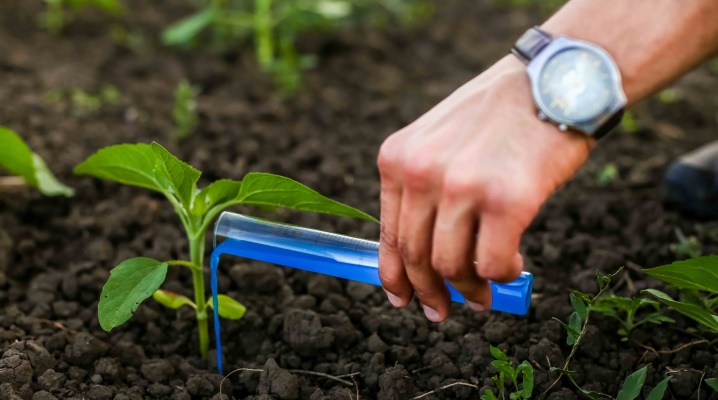
Any land is depleted over time. And if the necessary fertilizers are not applied in a timely manner, its fertility is significantly reduced. Accordingly, it will be simply impossible to grow any of the crops. To prevent this from happening, it is necessary to regularly feed the soil and crops.

Features of feeding
Every gardener knows that in order to obtain a high yield of planted plants, they will need additional feeding. They can be both foliar and basal. Regardless of the option chosen, the effect of using it will be positive.
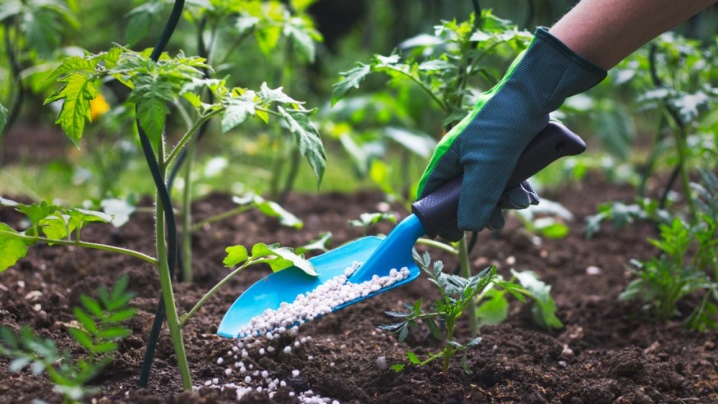
Foliar
This type of feeding ensures the delivery of nutrients not through the root system, but through the leaves of plants. This is most often done by spraying the leaves with a solution of the necessary fertilizers.... Thus, the selected culture will be able to receive the necessary nutrition very quickly.
But when using this kind of dressing, one must remember that the concentration of the solution should be two times less than when applying root fertilizers.
In addition, spraying is best done in the early morning or late evening. After all, in the sun the leaves dry out quickly and do not have time to absorb nutrients.
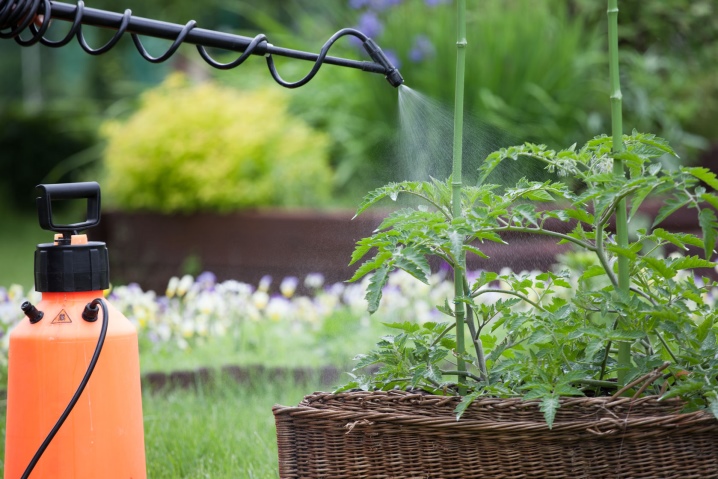
Root
In this case, fertilizers are applied directly under the root of plants... Mineral nutrients can be used here. If liquid dressings are used, then they are simply watered with the selected culture directly under the root.
Granular fertilizers are applied to the ground... This can be done by digging or by filling them into the planting pit.
In this case, beneficial substances will be released slowly, and plants will be able to receive them for a long time.

Timing
All such dressings are carried out during the growing season. Both root and foliar top dressing help to enhance the effect of the main fertilizer applied. Their effectiveness depends on the type of nutrient composition, the degree of soil moisture.
Before the fertilization process, you should familiarize yourself with the features of foliar dressing. They are introduced as follows.
- In the autumn, rapeseed and wheat are fertilized.
- As soon as the first shoots of sunflower or corn appear in the spring, as well as after the beginning of the growing season of the same wheat or rape, crops will need to be fed again.
- Foliar fertilizers are also optimal during the summer. At this time, with their help, you can protect the crop from invasions of pests or the appearance of diseases. You can fertilize beets, various vegetables, bushes or fruit trees.

As for root dressings, they are carried out in a slightly different way.
- First time fertilizers are applied 2-3 weeks before flowering. At this time, it is best to introduce liquid options.
- A second time fertilizers are applied 2-3 weeks after the end of flowering. The same feeding is used as for the first time. Their purpose is to enhance the growth of not only the shoots themselves, but also the formation of fruits.
- Third time dressing is applied immediately before the start of fruit ripening. It will give them the opportunity to fully mature.
- Latest fertilizers applied after harvest.
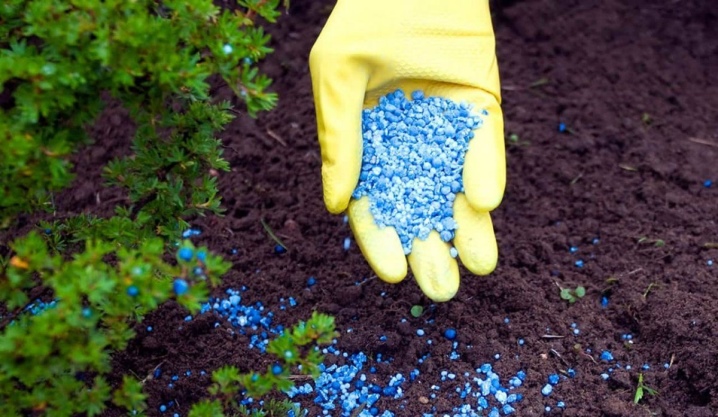
How to choose a fertilizer?
Today, the range of fertilizers is quite large. And in order to choose the best among so many, you need to consider those that are very popular.
inkstone
There is another name for this fertilizer - it is ferrous sulfate.A similar substance is great for fighting mold, as well as various fungal diseases. It will perfectly cope with pathogens of plant diseases, as well as bushes or trees.
In addition, iron, which is part of ferrous sulfate, takes an active part in the formation of chlorophyll. Therefore, the fertilizer will perfectly cope with such plant diseases as chlorosis. And also it is actively used in the fight against the following ailments:
- gray rot;
- scab;
- anthracnose;
- downy mildew.
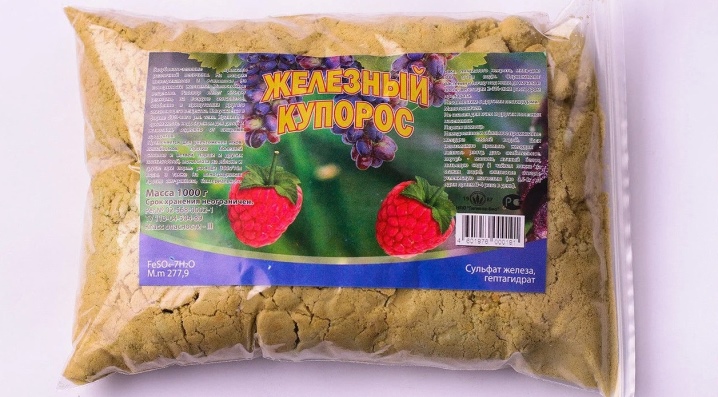
However, you should also know that ferrous sulfate will not be able to protect plants from bacterial infections, and it is also not suitable for indoor plants. You need to spray fruit trees or bushes in autumn and spring. In addition, this must be done even before the buds have blossomed, as well as after the leaves have completely fallen off.
If the solution gets on the green leaves, they will get burned.
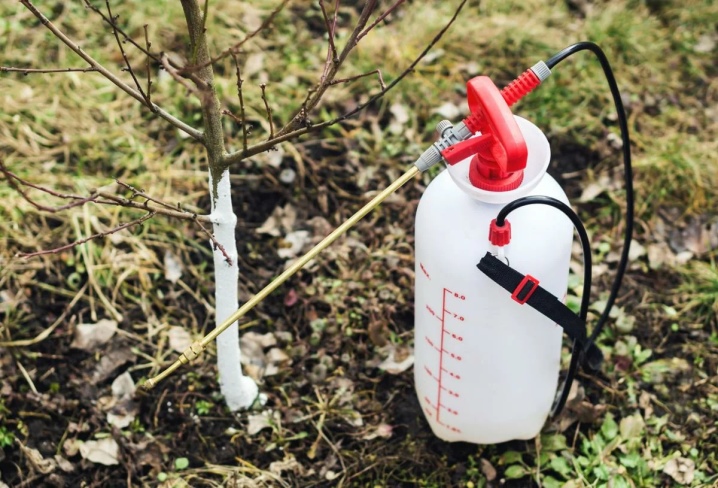
Calcium nitrate
Chemists call this fertilization calcium nitrate or calcium nitrate. Top dressing with this preparation is necessary for almost all plants..
The assimilation of calcium nitrate is not as fast as we would like, but if you add nitrate nitrogen to the solution, the process will be significantly accelerated.
In addition, gardeners need to remember that if the lower leaves die off, calcium will not be able to get into the upper part of the plant. Most often, other fertilizers are used along with calcium nitrate. It can be magnesium or potassium nitrate, ammonium nitrate. And here magnesium or potassium sulfate, as well as iron or copper sulfate should not be used together with the described feeding.
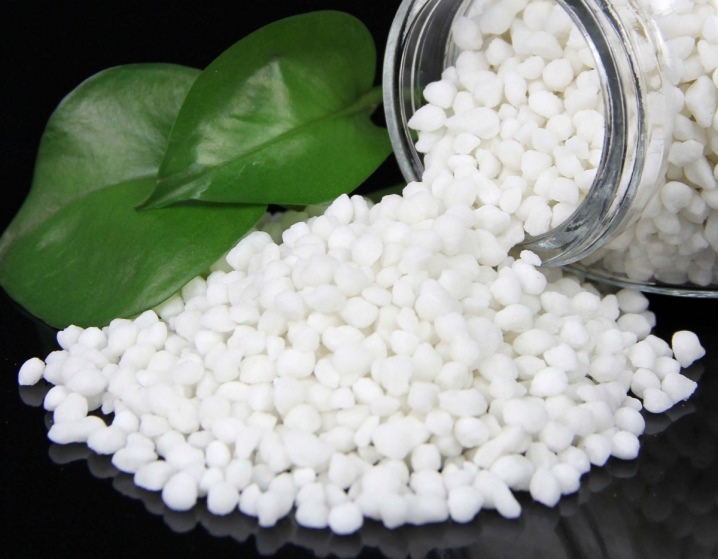
"Kornevin"
This fertilizer is a biostimulating drug that contains indolylbutyric acid. When the product gets on the plant, it starts to irritate its tissues. As a result, "living" cells or callus appear. In addition, when indolylbutyric acid enters the ground, natural synthesis begins - stimulation of the roots.
Thanks to Kornevin, the following happens:
- seeds germinate faster than usual;
- cuttings take root much better;
- the root system of seedlings and seedlings also develops much faster.

How to feed properly?
After getting acquainted with these fertilizers, it is necessary to consider how and in what proportions to use them.
"Kornevin"
There are two ways to apply the drug.
- The first option is pollination of the plant with dry powder... To do this, you need to lower the cuttings or the roots of the seedlings into top dressing before planting. Be sure to pay attention to the shelf life of this drug, so as not to harm the plants. After the package has been opened, the leftovers must be poured into dry dishes, which are hermetically sealed.
- For preparing a liquid solution you need to dilute 5 grams of "Kornevin" in 5 liters of clean water.
But you can't store it, so you need to use everything without a trace.

Calcium nitrate
It is possible to fertilize plants both by root and foliar method.
First, you should familiarize yourself with the first option.
- For berries it is enough to dilute 25 grams of calcium nitrate in 10-15 liters of pure water.
- For vegetable crops you can add 20 grams of saltpeter to one bucket of water. You need to fertilize 2 times a season with a short interval of 2 weeks.
- Fruit trees feed during bud break. The solution is used in the same dosage as for vegetable crops.
For foliar feeding, you will need to dilute 25 grams of nitrate in 1 liter of clean water. Almost all plants and trees can be sprayed with this solution.
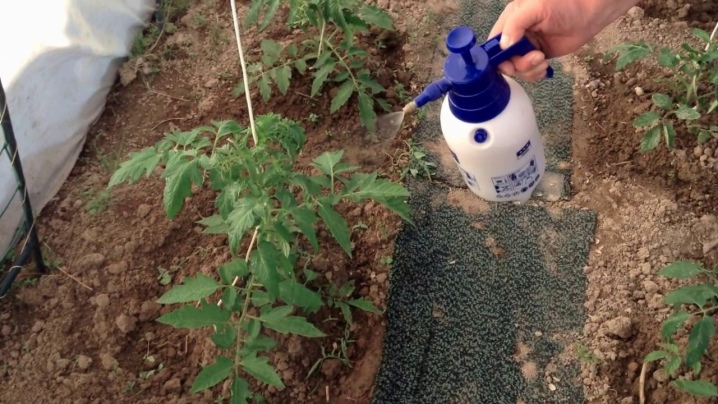
Iron vitriol
With the help of this drug, you can slightly delay budding, which is very important during the frost period in the spring.
The concentration of the solution will vary.
- For stone fruit trees, for example, cherries or cherries, apricots, plums and other crops, it is enough to dissolve 250 grams of the drug in one bucket of water.It is best to spray plants before budding.
- For trees such as apple or pear, as well as grapes it is necessary to dilute 450 grams of ferrous sulfate in one bucket. The consumption of such a solution should be no more than 10 liters per 10 square meters.
- To get rid of moss or lichen on fruit trees, you will need to pour 500 grams of powder into one bucket of water. If necessary, you need to re-spray the trees after two weeks.
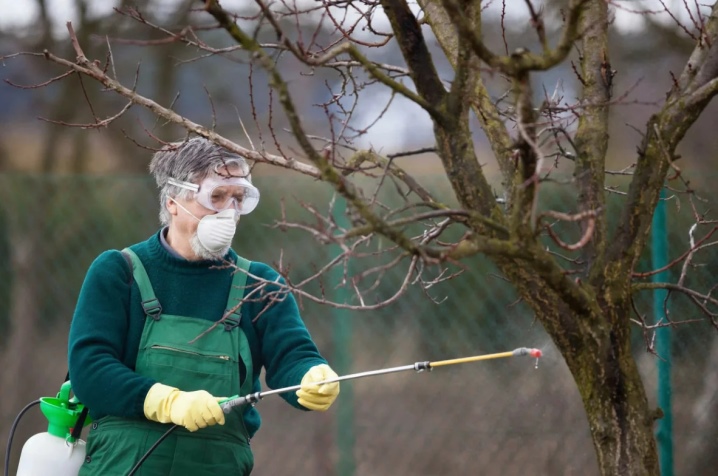
To summarize, we can say that all dressings are very beneficial for plants. Indeed, without them, a person will not be able to harvest a good harvest on his site.
More details about root and foliar dressing for plants - below.













The comment was sent successfully.